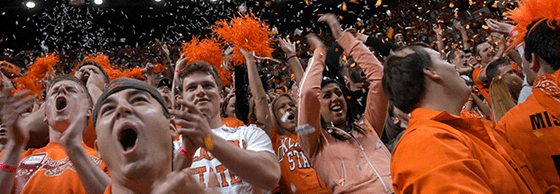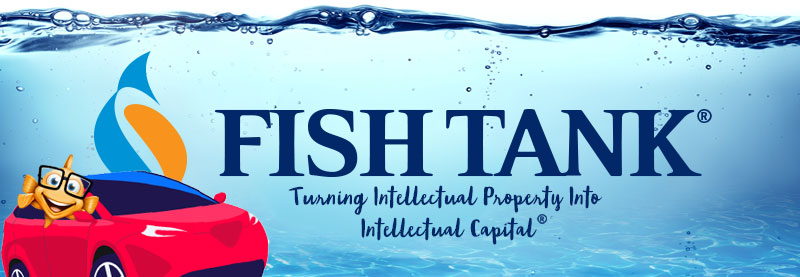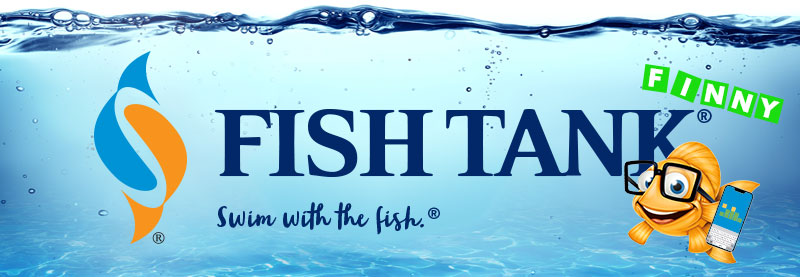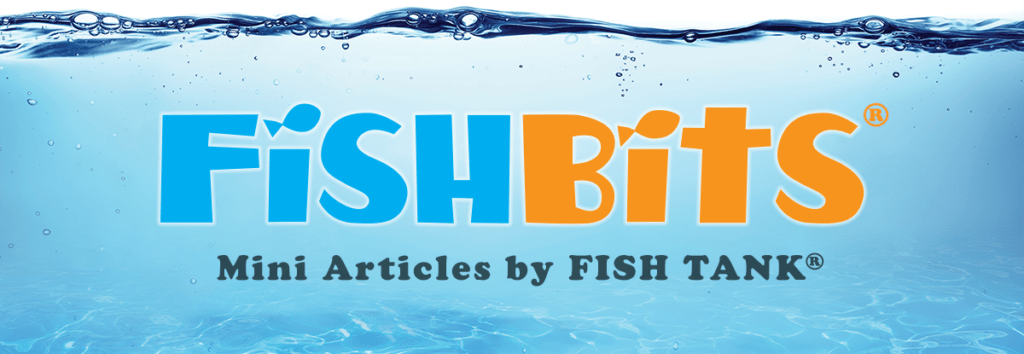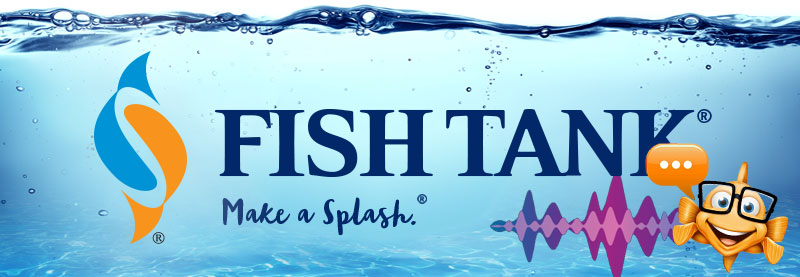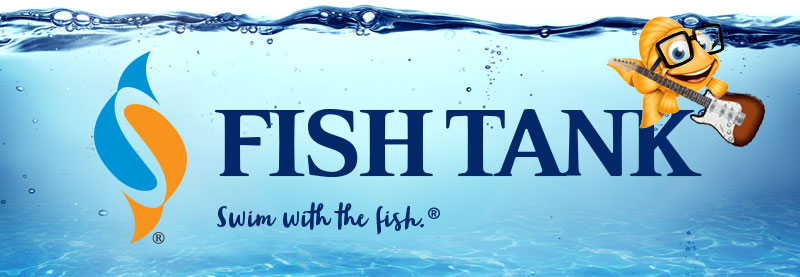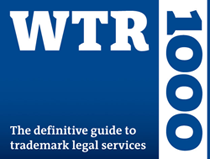Intellectual Property Insights from Fishman Stewart PLLC
Newsletter – Volume 23, Issue 19
Share on Social
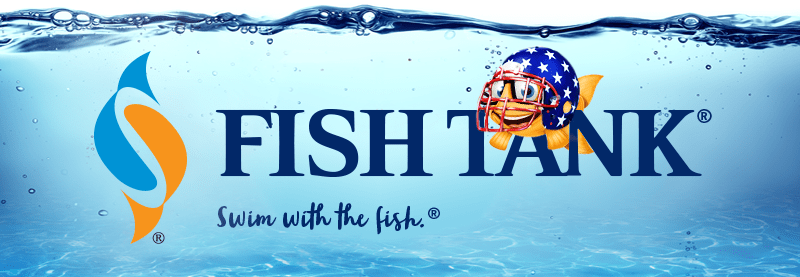
We’ve Got Spirit, Yes We Do, We’ve Got Spirit, Don’t Get Sued
Pumpkin spice, fall football, and school supplies—all signs that another school year is upon us. When shopping for school supplies, it is hard to miss all the merch brandishing the names and logos of colleges, high schools, middle schools, and even elementary schools. School names and their indicia are now a big source of revenue and local schools’ merchandise is found alongside college and pro sports merchandise.
However, included with the increased visibility from the monetization and use of school names and mascots are trademark infringement risks.
Not long ago, most K-12 school names, logos, and mascots were relatively unknown beyond the immediate school community. But, with the popularity of grade school children wearing their school sweatshirts outside of class and game-winning touchdowns being posted to social media have come increased risks. In many cases, K-12 schools use identical or very similar names, logos, and mascots to college and pro sports teams. As a result, colleges and pro sports teams across the country are taking notice and enforcing their intellectual property rights against these K-12 schools.
It is not unusual for a Big Ten or SEC university with a strong football team and popular logo to send a cease-and-desist letter to a high school halfway across the country demanding they stop using their logo because it infringes the college’s trademark rights. Often, these universities participate in licensing and rights management pools, hiring organizations such as the Collegiate Licensing Company (“CLC”) to aggressively police the universities’ trademarks.
One California high school had been using a longhorn design for over twenty years. That was until the University of Texas demanded it cease and desist use of the longhorn design in violation of UT’s trademark rights in its famous longhorn silhouette, registered for use for many goods and services, including college sports entertainment and clothing. UT notably provided ample time for the school to make the change.
The University of Notre Dame similarly sent a demand to an El Paso, Texas high school for use of the nickname “FIGHTING IRISH” and the Fighting Irishman logo, both registered with the U.S. Trademark Office by Notre Dame (Notre Dame spells it FIGHTIN’ IRISH).
Universities and professional sports teams will often engage in licensing the use of their logos, nicknames, and other trademarks for significant revenue. These licenses are subject to ongoing approval of how the trademarks are used to ensure brand consistency, and universities have brand style guides that limit the way in which the licensees can use their trademarks.
So remember, as another school year begins, your local school’s merch making the rounds online could pique the interest of a college or university if the nicknames or logos are too similar.
If you have questions about whether your school might be treading too close to a university or professional sports team’s trademarks, Fishman Stewart can help you evaluate your rights.
Linda is a Partner at Fishman Stewart, specializing in intellectual property law. Linda focuses mainly on trademark and copyright law, including foreign and domestic prosecution and litigation, as well as agreements and assignments. Check out her full bio here.
Related Content from Fishman Stewart
Car enthusiasts are buzzing about Alfa Romeo's latest SUV which is also its first EV (plus a hybrid option). Initially branded as “Milano,” the name was changed to "Junior" after it was announced that the car would be produced in Poland.
The online word game Wordle was created in 2021 by Josh Wardle and quickly rose in popularity. Players receive a new puzzle daily with six chances to correctly guess a five-letter word of the day with limited clues.
In a recent decision, the U.S. Court of Appeal for the Eighth Circuit affirmed a jury verdict holding that the use of the "Success Kid" meme by a congressman's reelection campaign for fundraising purposes did not qualify as fair use.
In February 2024, proposed legislation was introduced in US House of Representatives which would extend copyright protection to golf courses. The bill is titled “Bolstering Intellectual Rights against Digital Infringement Enhancement Act” or the “BIRDIE Act”.
OpenAI recently held a live demonstration of a new ChatGPT version that included the use of an AI personal assistant voice dubbed “Sky.” Many observers compared Sky to Scarlett Johansson’s voice in the 2013 Spike Jonze romantic sci-fi film “Her,” which centers on a man who falls in love with the female voice of his computer’s operating system.
June is Pride Month, which honors the 1969 Stonewall Uprising in Manhattan and recognizes the impact that lesbian, gay, bisexual, and transgender (LGBTQ+) individuals have had on history locally, nationally, and internationally. The United States Patent and Trademark Office flies the Pride Flag and promotes the Pride community’s contributions with programming offered annually.
First-time inventions have led inventors to great successes throughout history, sometimes immediately, sometimes after several more attempts at more useful inventions. In the U.S., two very famous inventors with contrasting first-time experiences are Thomas Edison and Alexander Graham Bell.
June is Pride Month. This year we are celebrating with some IP tips for drag performers! Drag performers can protect their intellectual property by registering the copyrights in their original works of music, choreography, and comedy sketches.
Bands often start out as creative endeavors among friends, and bands may not prove lucrative for many years, if at all. Until bands break up, thought and planning may not be given to who is the owner of the band names and entitled to use them going forward.
You’re rarely more than a few yards from Finny’s favorite chips, semiconductor chips to be precise. But what exactly is a semiconductor chip?
IDENTIFYING, SECURING AND ADVANCING CREATIVITY®


